Understanding the stature of a race horse is crucial for breeders, trainers, and enthusiasts alike. The height of these equine athletes not only impacts their racing abilities but also reflects on their breeding value and potential. In this comprehensive guide, we delve into the fascinating details of race horse height and its significance in the world of horse racing.
Race Horse Physical Characteristics
Race horses are admired for their sleek, muscular builds and powerful strides. These characteristics, combined with their height, contribute to their performance on the track. A race horse’s conformation, which includes the length of its legs, depth of the chest, and overall body structure, is meticulously analyzed to gauge its racing potential.
Measuring Race Horses
The standard unit of measurement used in assessing the height of a race horse is ‘hands,’ where one hand equals four inches. The measurement is taken from the ground to the withers, which is the highest point of a horse’s shoulders, providing a consistent point of reference for height comparison.
Thoroughbred Size and Height
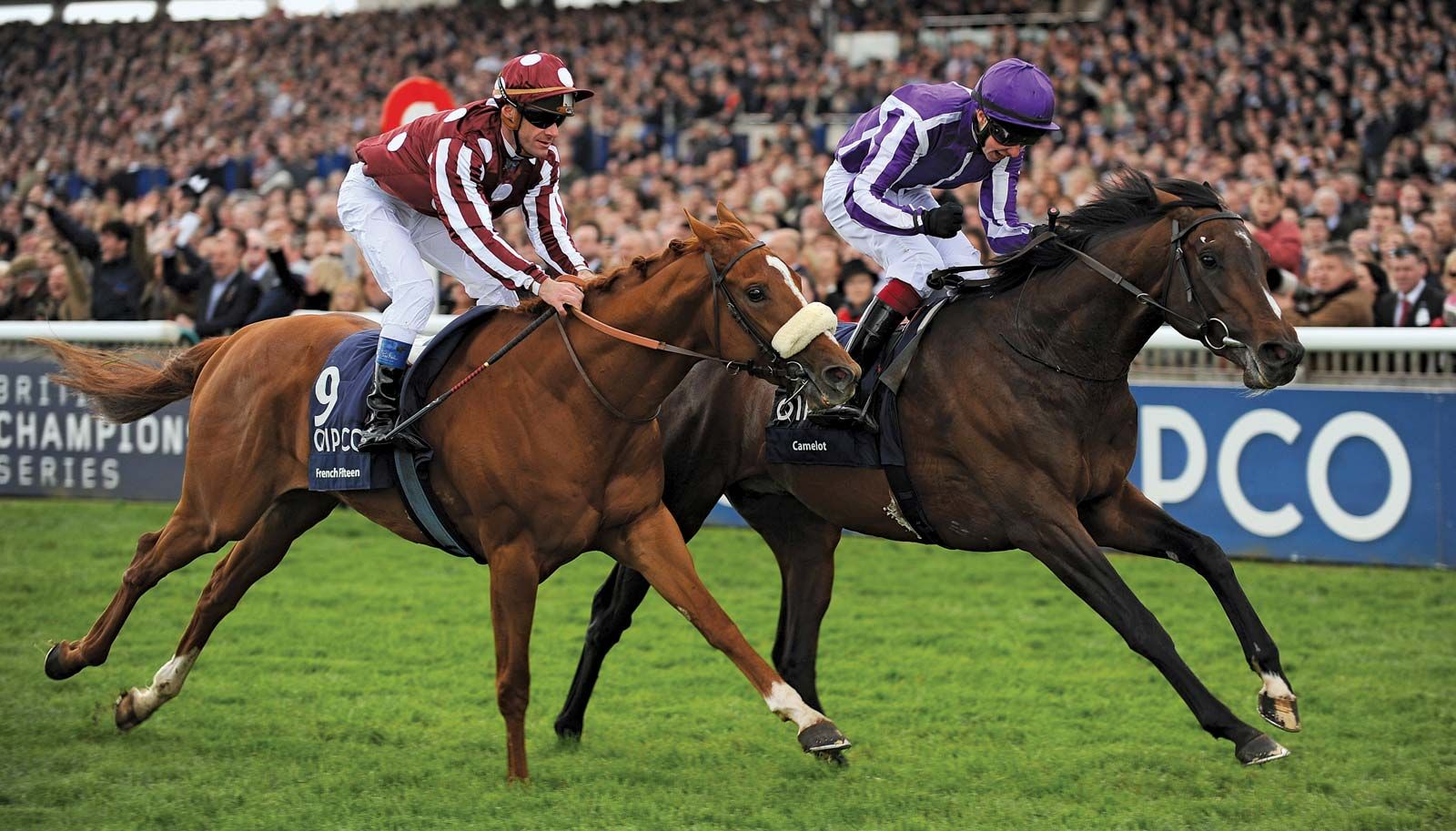
Thoroughbreds, known for their speed and agility, are among the most popular breeds in the racing industry. Their size and height have been fine-tuned over generations to produce elite racing champions.
Average Height of Race Horses
The average height of race horses typically ranges between 15 and 17 hands. This height range is considered ideal for balancing speed and stride length, essential components for a successful race horse.
Thoroughbred Horse Height
Thoroughbred size is well-regarded in the racing world. These horses commonly stand between 16 and 17 hands. While there are exceptions to every rule, thoroughbred size is generally consistent, allowing for a uniformity that is preferred in thoroughbred racing circles.
Standardbred Height and Characteristics
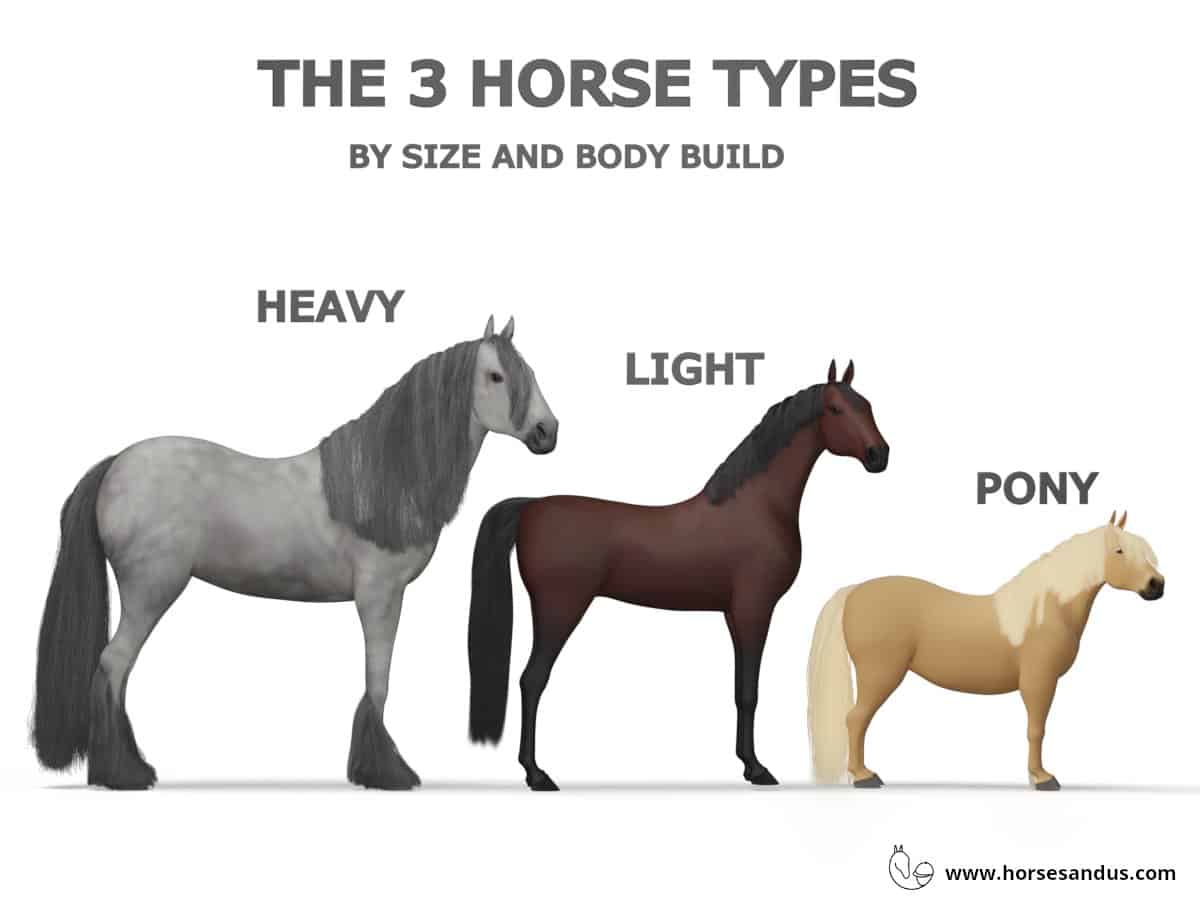
Standardbreds are another breed synonymous with horse racing, particularly in harness racing. These horses are known for their resilience and stamina, and their physical attributes are a bit different from their thoroughbred counterparts.
Standardbred Height
When it comes to standardbred height, they typically stand slightly shorter than thoroughbreds, with most falling in the range of 15 to 16 hands. Their solid build is well-suited to the demands of harness racing, where they pull a two-wheeled cart called a sulky.
Equine Growth Patterns in Standardbreds
Standardbreds experience equine growth patterns that see them reach full maturity at around the age of three to four years. This is a critical time frame for their development and training; growth patterns can influence their future racing abilities.
Race Horse Breed Height Comparison
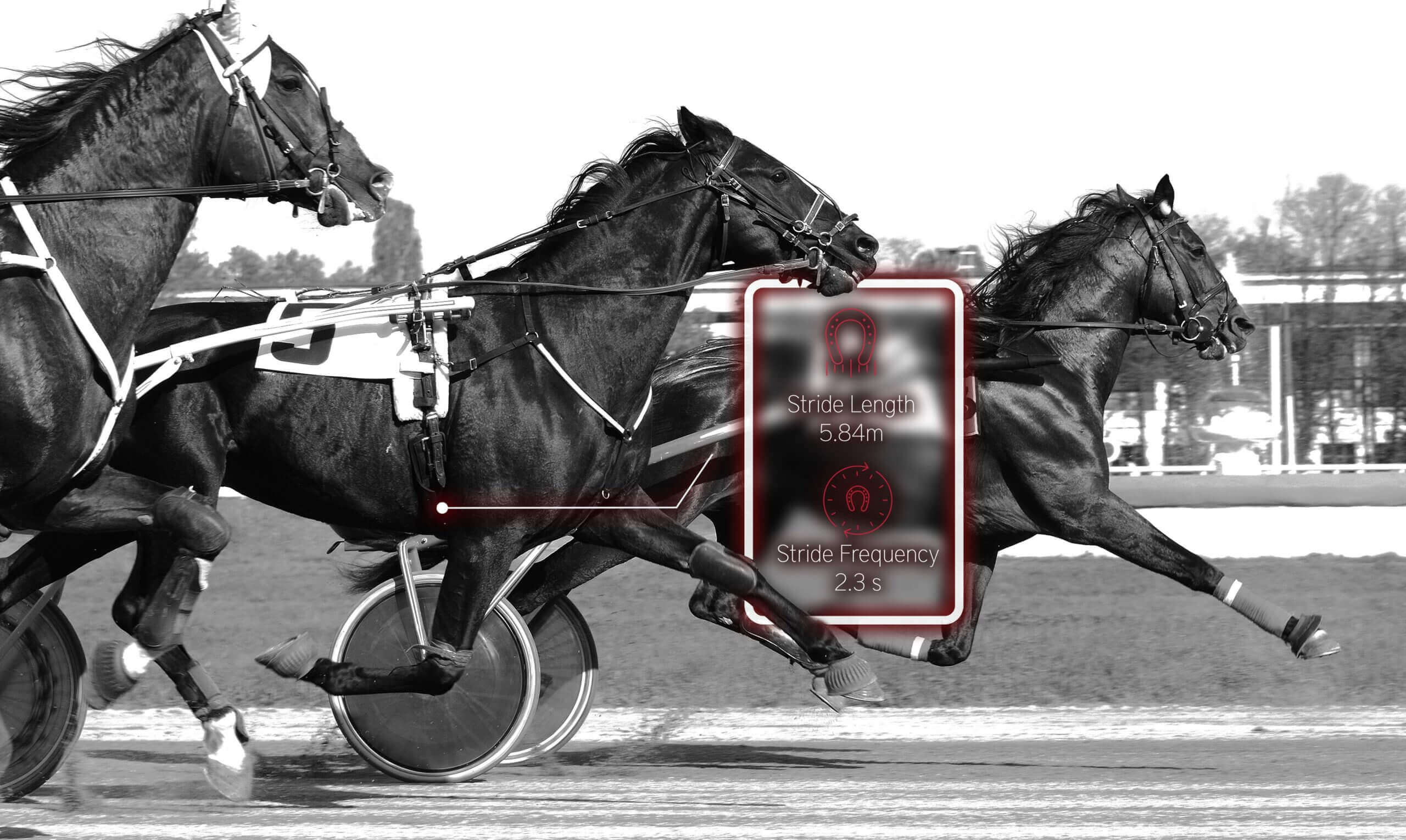
Within the horse racing industry, the height of various breeds can offer insight into their racing aptitudes and the types of races they may excel in. Let’s compare the stature of some prominent racing breeds.
Horse Racing Industry Standards
Horse racing industry standards set expectations for the physical attributes of race horses. While there is a range of acceptable heights, breeders often aim for horses to fall within the ideal height range that aligns with racing success.
Equine Height Chart
- Thoroughbreds: 16-17 hands
- Standardbreds: 15-16 hands
- Quarter Horses: 14-16 hands
This equine height chart serves as a general guideline, illustrating the typical heights for various breeds within the racing industry.
Understanding Equine Measurements
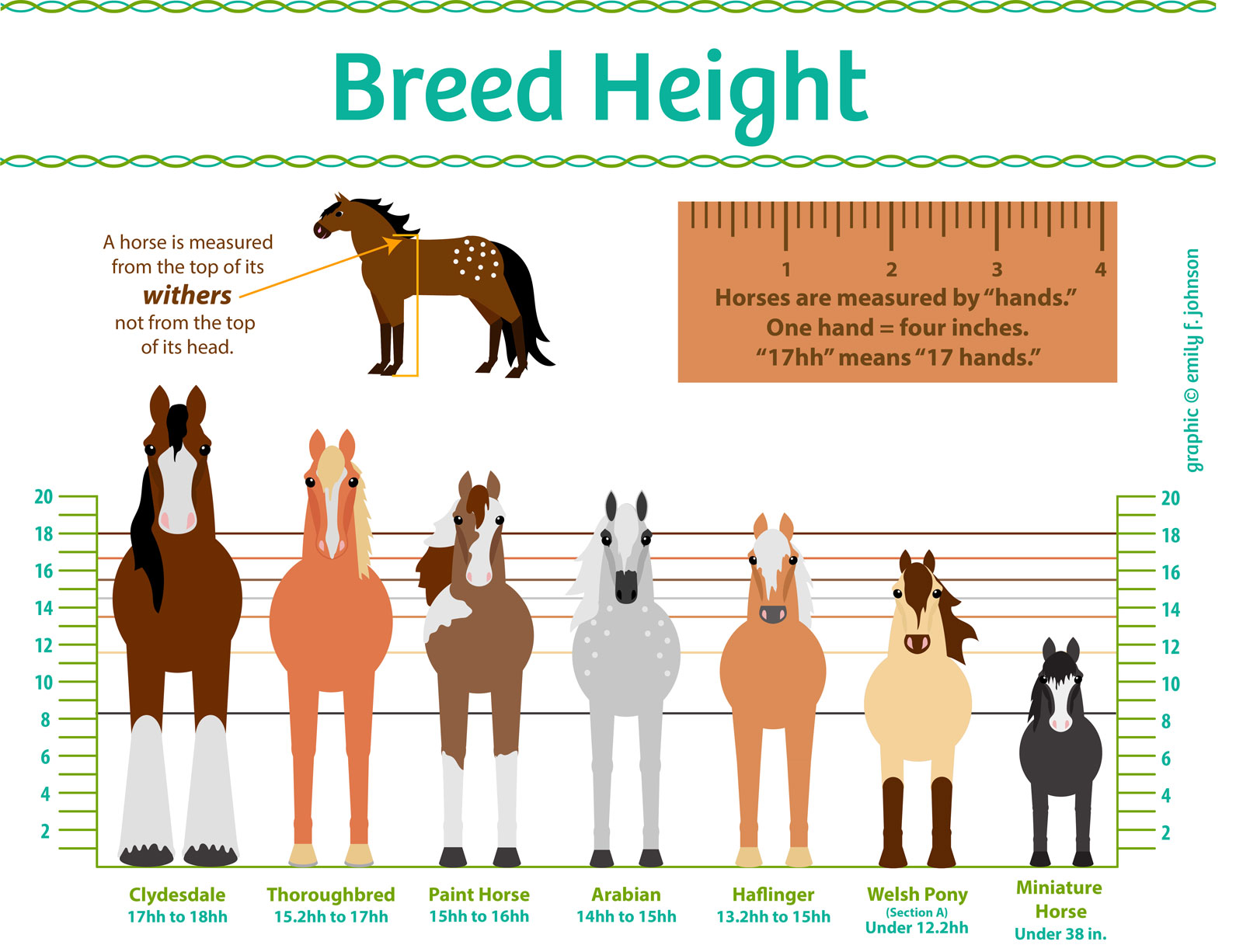
Equine measurements provide a standardized way to describe and record the size of horses. This uniformity is essential for clear communication among equine professionals and enthusiasts.
Why Horses Are Measured in Hands
Horses are measured in hands because it is an ancient unit of measurement that has been used for centuries. This tradition has continued due to its simplicity and practicality, as it allows for measurements to be taken without the need for complex tools.
How to Measure a Horse Accurately
To measure a horse accurately, ensure that the horse is standing on level ground and that its head is in a natural position. Use a horse measuring stick or tape to measure vertically from the ground to the withers, ensuring the tool is perpendicular to the ground.
Physical Development in Race Horses
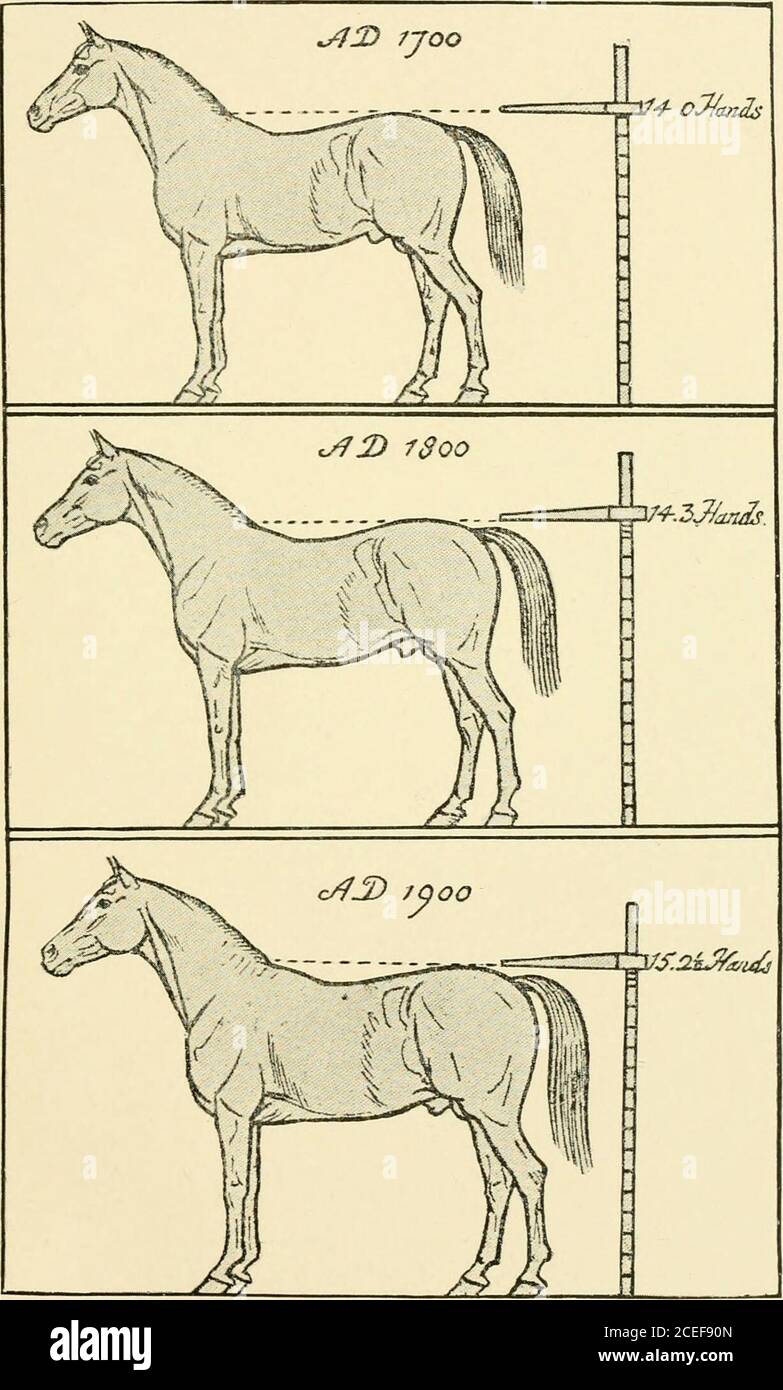
The physical development of race horses is a multifaceted process influenced by genetics, training, and care. Proper understanding of this development is paramount for optimizing a race horse’s potential.
Equine Growth Stages and Factors
Equine growth stages include the foal, yearling, and adult phases. Each stage has distinct characteristics and growth rates. Factors such as breed, genetics, and environment all play a role in how a horse develops during these critical periods.
The Impact of Diet and Nutrition on Race Horse Growth
A balanced diet and proper nutrition are essential for the healthy growth and development of race horses. Nutrients such as proteins, fats, vitamins, and minerals must be carefully managed to support their rigorous training and racing schedules.
Conclusion

When it comes to the majestic world of horses, their height can be as varied as their breeds. If you’re interested in understanding the stature of different horse breeds, you may find our article on how tall Shire horses are quite enlightening. Shire horses are known for their imposing presence and grandeur. Meanwhile, for those curious about the elegant Arabian horses, we have a detailed piece on how tall Arabian horses are, which might surprise you with the versatility of this breed. And for racing enthusiasts, our article right here delves into the specifics of how tall race horses typically are, offering insights into the athletic equine stars of the racetrack.
Importance of Height in the Racing Industry
While race horse height is just one aspect of a horse’s potential, it remains an important factor in the racing industry. A horse’s height can affect its stride length, speed, and overall racing ability. Breeders, trainers, and jockeys all pay close attention to a horse’s stature as they prepare these magnificent animals for the thrill of the race.



